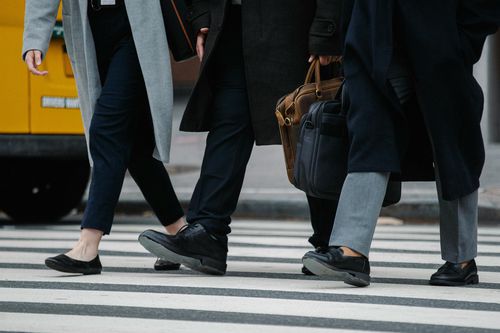By Anirban Basu, Sage Policy Group
At the heart of America’s rapid economic recovery from the pandemic and ability to fend off recession to date has been the American consumer. Retail sales expanded 7 percent in 2022 and are expected to rise 4-6 percent in 2023, according to the National Retail Federation and Census Bureau data.
During the Covid-19 crisis, consumers, unable to take vacations, go to restaurants, or to the gym, stocked up on goods. They bought flat screens on which to watch Netflix and a gaggle of other emerging streaming services. They purchased Peloton bikes in lieu of going to gyms shuttered by social distancing. They acquired furniture and appliances to put into homes that they had purchased.
But as the economy reopened, they shifted their energies toward services and experiences. Spending on travel simply surged, including among the very rich. As reported by Forbes, Virtuoso, a network of travel agencies catering to high net-worth and ultra-high net-worth households, has experienced 69 percent growth in sales versus 2019 figures. Hotel and cruise segments were up 173 and 122 percent, respectively.
Travel is also up among households associated with more ordinary means. For instance, there are data characterizing the numbers of people passing through TSA checkpoints on any given day. For instance, on November 15th, 2019, when the pandemic was largely known to perhaps a small group of researchers, 2.07 million people passed through TSA checkpoints. One year later, that figure stood at around 703,000. Travel had dissipated by two-thirds and would remain below its pre-pandemic level until 2023. On this past November 15th, 2.22 million people passed through TSA checkpoints, or 7 percent more than during the same day just before the pandemic struck down the economy.
Broadly, there are three reasons for the ongoing upward tilt in consumer spending. These are:
- Excess savings generated during the pandemic;
- A very strong labor market;
- A willingness to take on debt, including high-interest debt.
Between 2020 and 2021, the federal government initiated several stimulus packages that injected approximately $5 trillion in the U.S. economy. Some of that stimulus took the form of direct payments to households. With Americans not traveling, seeing Taylor Swift or Beyonce in concert, or going to restaurants, it was inevitable that households would collectively amass an abundance of excess savings, meaning savings above and beyond what would have been saved but for the pandemic. The San Francisco Fed estimates that as of August 2021, excess savings peaked at around $2.1 trillion.
Those savings helped to bolster spending. A very strong labor market catalyzed things further by pushing employment levels and compensation higher. What ensued was the aforementioned spending boom.
But can the spending spree continue? Perhaps not. While the 2023 holiday shopping season was another period associated with sizeable consumer outlays, much of the pandemic era savings have been spent. The job market appears to be softening, with continuing claims for unemployment insurance edging higher along with unemployment while job growth slows.
Perhaps most importantly, many households have turned to their credit cards to keep their splurges going. A recent report from the Federal Reserve Bank of New York indicates that Americans owe $1.08 trillion on their credit cards. That represents a spike of $154 billion in one year. Credit card delinquencies also rose across the board, especially among borrowers between the ages of 30 and 39, who are often burdened by high levels of student loan debt.
With prices still high and rising and the economy still pressured by high-interest rates, 2024 is poised to be a year of slowing consumer spending and economic growth. The mighty American consumer may not be quite so mighty next year.




